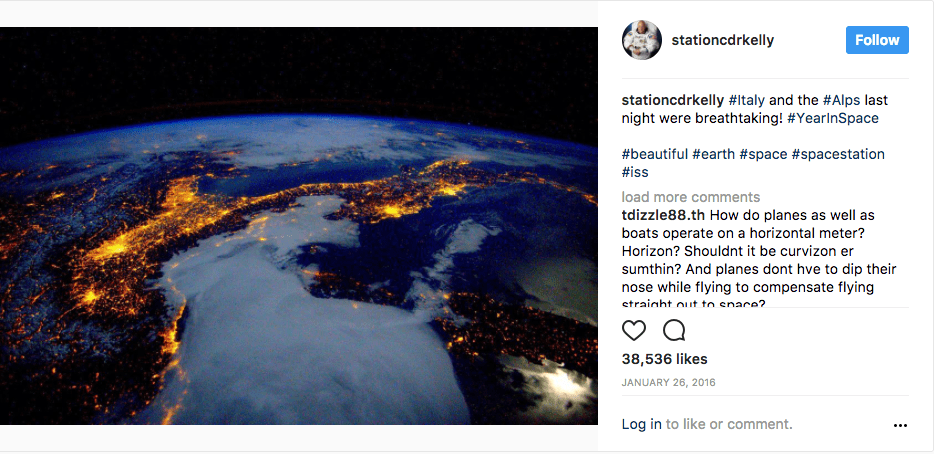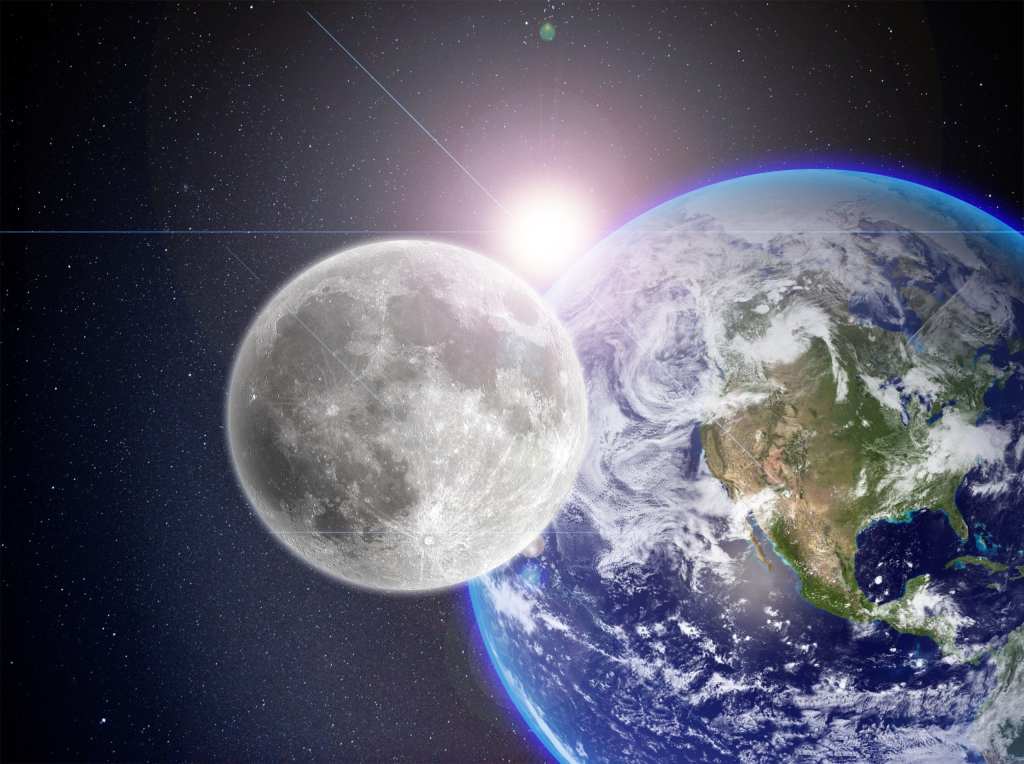Trending Now
You’ve probably noticed that lately there’s been a resurgence of people who believe that the earth is flat. Or maybe that’s not true. Maybe they’ve always been around, but lately they’ve decided that saying it aloud isn’t so bad.
Either, way, I’ve got some bad news for them – they’re still wrong. Super wrong. And I can say that because I believe in good, solid science. And good, solid science can prove that the earth is not flat any day of the week. Not only that, but with these 10 easy steps, you can prove it to yourself, too.
Or to those flat earth believers in your life. Bless their little pea pickin’ hearts.
#8. You See Different Stars in Different Places
This one is super easy to check out for yourself. Aristotle was one of the first to document the phenomenon after doing a little stargazing on a trip to Egypt. He noticed that there were stars in his field of vision there that did not show up at home, and that as he traveled, the familiar stars receded toward the horizon.

Photo Credit: Pixabay
This could only happen, of course, if he were moving across a spherical surface.
#7. Ride a Plane

Photo Credit: Pixabay
Airplanes, man. Conspiracy busters, those things. Because, you see, they can both fly a long time in one direction and never fall off the edge, and they can fly around the entire earth without stopping to turn around. Not only that, but if you look out the window on a transatlantic flight, you can see the curvature of the horizon with your own two eyes.
#6. The Moon
Specifically, the moon during a lunar eclipse. Aristotle noticed way back in the day that when the Earth’s orbit places it between the sun and the moon, the shadow cast by our home planet is round. Only a spherical object can create a curved shadow on another surface, every time, while also rotating.

Photo Credit: Pixabay
Not convinced? Read up on the Foucault Pendulum experiment and you will be.
#5. Gravity
The laws of physics mean that mass attracts other mass, and that gravity pulls masses together from their middles. Which is kind of a roundabout way of explaining it (hey, I’m a writer, not a scientist), but basically, objects fall downward because the gravity of a sphere is focused in the center, whereas the gravity attached to a flat plane would pull an object forward (to its center).

Photo Credit: Pixabay
So, go ahead, drop a ball. Even you Kiwis. It’s going to fall down, not fly parallel to the ground. What goes up, must come down and all that.
#4. You Can See Farther from Higher
This is another one you can try for yourself at home! If the earth were flat, it wouldn’t matter how high up you climbed, you would be able to see exactly the same stuff. But in real life, if you climb a tree (or a cliff or a mountain) you can see much further than you can from the ground.

Photo Credit: Pixabay
You know you can. But the reason why? The earth is a sphere, so you’re seeing around the curve once your sightline improves.
#3. Ships and the Horizon
I mean, to be fair, maybe there are a lot of people who have never had the opportunity to watch a ship draw closer over the horizon. It used to be more commonplace, which is perhaps why the idea of the curved earth made so much common sense at one point in our evolution. But here’s the long and short of it: if the ocean were flat, ships would simply appear in our field of vision (smaller and growing larger, but always a full image).

Photo Credit: Pixabay
In reality, ships appear to emerge from the water as they get closer. The easy test? Set an orange on the table and let an ant crawl upward on it from the opposite side (or you know, use your imagination if you don’t want ants in your house). Since the orange is also a sphere, the insect would appear the same way a ship would on the horizon – antennae first, then head, then the remainder of its body.
#2. The Existence of Timezones

Photo Credit: Pixabay
It’s late afternoon where I live, in the middle of the United States. In London, it’s 11pm, and in Melbourne, it’s already early tomorrow morning. There’s no way that difference in time can exist without a round earth that is constantly rotating toward and away from the sun.
#1. We Have Pictures from Space
If all else fails, after exploring space since the 1960s, we have, you know, actual photographs of our very round earth. Check out these pics. Or these. Or these.

Photo Credit: Instagram, Scott Kelly
I could do this all day.
h/t: Popular Science
We’ve got more articles we think you might like!
https://didyouknowfacts.com/12-amazing-pictures-astronaut-year-space/
https://didyouknowfacts.com/8-incredible-stories-first-animals-sent-space/






